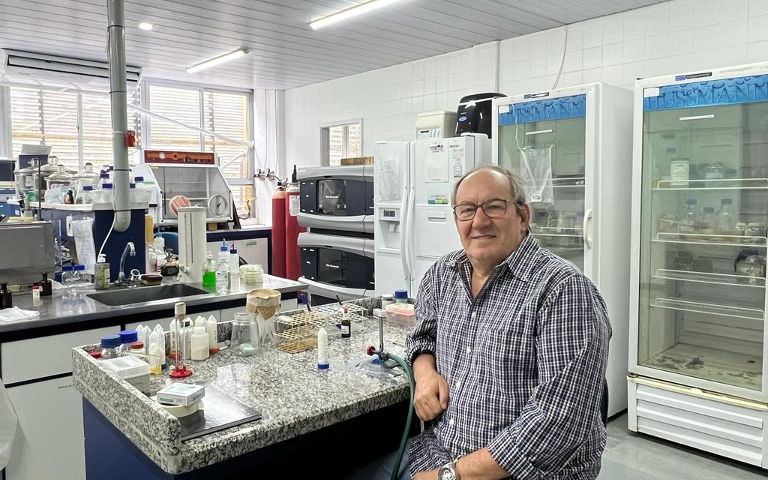Different cell lines, media, and reagents can enhance bioprocessing, but so can electricity. Shelley Minteer, PhD, the Dale and Susan Poulter endowed chair of biological chemistry at the University of Utah in Salt Lake City, and her colleagues wrote: “Bioelectrocatalysis is an interdisciplinary research field combining biocatalysis and electrocatalysis via the utilization of materials derived from biological systems as catalysts to catalyze the redox reactions occurring at an electrode.” This can be applied to many areas of bioprocessing, including the development of drugs and other products.
The breadth of bioelectrocatalysis remains to be seen, but it is being explored around the world. At the Federal University of Bahia in Salvador, Brazil, for example, Paulo Fernando de Almeida, PhD, professor of the ecology of microorganisms, says, “We work with biophotonics and bioelectrostimulation to control microorganisms, from their stimulation to produce bioactives to their elimination in case of a need to kill them, inhibit them, or reduce their number as in harmful organisms.”
Almeida explains that he and his colleagues proved that electric currents activate cellular metabolism. “We are now looking to see if they increase genetic activity and consequently act on transcription and translation as occurs with both laser and LED light irradiation, resulting in significantly higher catabolic and metabolic responses,” he says. Given the importance of economics in bioprocessing, he adds, “Our results indicate that electrostimulation is a low-cost booster of bioprocesses.”
Showing the range of bioelectrocatalysis in bioprocessing, Almeida and his colleagues applied electric currents in the range of microamps to Saccharomyces cerevisiae during alcoholic fermentation. “The application of electrical currents at certain amperages increased ethanol production by 10%,” he says. When asked how electricity impacts bioprocessing, Almeida says that it “stimulates cellular metabolism and increases the release of bioactives.”
Although much of the work in bioelectrocatalysis remains at small volumes, it can be scaled up. “We built bioreactors of up to 80 L adapted to electrical currents in the culture medium,” Almeida says. “We have expertise in adapting commercial reactors in order to make them suitable for the application of electrical currents in industrial bioprocesses.”


